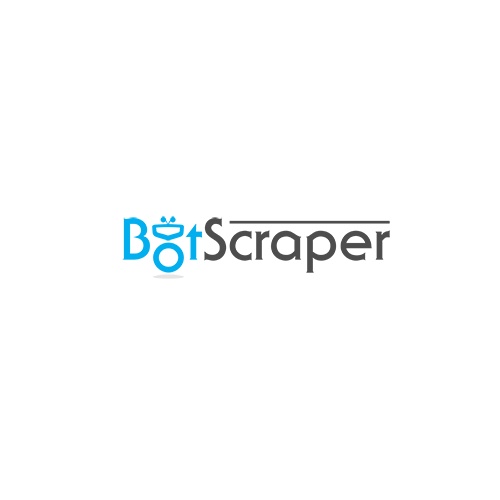LinkedIn is a powerful social networking platform with over 740 million registered users worldwide. It is a hub for professionals to connect, share knowledge, and network with one another. However, LinkedIn is also a rich source of data for researchers, marketers, and recruiters who are looking to extract information from the platform to build their databases, target leads, or find potential hires. In this article, we will discuss how to scrape data from LinkedIn and explore the different techniques and tools available.
Before we dive into the technical details of scraping LinkedIn, it is important to highlight the ethical and legal considerations. LinkedIn has a clear policy against scraping its data, and any violation of its terms of service can result in account suspension or legal action. Therefore, it is crucial to use scraping techniques responsibly and ethically. Always obtain consent from users before scraping their data, respect their privacy and do not use the data for any illegal or unethical purposes.
Now, let's explore the different ways to scrape data from LinkedIn:
Manual scraping:
The most basic way to scrape data from LinkedIn is by manually copying and pasting information from profiles, posts, or groups. While this approach is time-consuming and requires a lot of effort, it is also the safest and most ethical method. You can also use LinkedIn's search filters to narrow down your search results and target specific industries, locations, or job titles.
Web scraping tools:
Web scraping tools are software programs that automate the data extraction process from websites, including LinkedIn. There are many web scraping tools available, both free and paid, that can help you scrape data from LinkedIn. Some popular web scraping tools for LinkedIn include Octoparse, Scrapinghub, and Data Miner. These tools allow you to extract data from LinkedIn profiles, groups, job postings, and more.
LinkedIn APIs:
LinkedIn APIs (Application Programming Interfaces) are a set of tools and protocols that allow developers to access LinkedIn's data programmatically. LinkedIn offers several APIs, including the REST API, the Marketing Developer Platform API, and the Recruiting Platform API. However, accessing LinkedIn's APIs requires a LinkedIn Partner Program membership, and the APIs are subject to usage limits and restrictions.
Third-party services:
There are many third-party services that offer LinkedIn data scraping services. These services can extract data from LinkedIn profiles, job postings, companies, and more, and provide you with structured data in CSV, JSON, or XML formats. However, using third-party services can be risky, as they may violate LinkedIn's terms of service and expose your data to security risks.
In conclusion, scraping data from LinkedIn can be a valuable strategy for researchers, marketers, and recruiters. However, it is important to approach scraping with caution and respect LinkedIn's policies and users' privacy. Manual scraping is the safest and most ethical approach, while web scraping tools and LinkedIn APIs can automate the process. If you choose to use third-party services, make sure to research the provider thoroughly and ensure they comply with LinkedIn's policies. With these tips, you can extract valuable insights from LinkedIn's data and use it to improve your business or research.


No comments yet